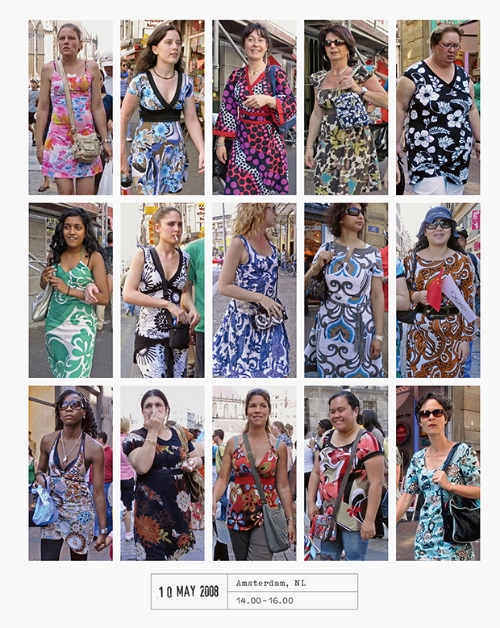Leadership: Are You a Gardener or a Mechanic?
Edward Watson and Mariela Nunez in Infra by Wayne McGregor
I recently attended a talk given by the British choreographer, Wayne McGregor, and the Finnish composer and conductor, Esa-Pekka Salonen. They’re currently working together on McGregor’s new ballet, Obsidian Tear (Royal Opera House, 28 May- 11 June).
McGregor’s style is angular and sharp; sinuous and curved; fast and physical. Though he has a clear personal vision of what he wants to achieve, he is also a collaborator. He partners variously with musicians, artists and writers; economists, anthropologists and neuroscientists; with anyone in fact that inspires his curiosity. He is also a theorist for whom dance is ‘physical thinking.’ He is as elegant and precise with words as he is with choreography.
‘I’m really passionate about creativity... I believe it can be taught and shared. And I think you can find things out about your own personal physical signature, your own cognitive habits, and use that as a point of departure to misbehave beautifully.’
Wayne McGregor, TEDGlobal 2012
McGregor suggests that ‘choreography is 80% psychology and 20% artistry.’ He likes to operate with and against the tensions that naturally exist between different dancers; to ‘notice and subvert hierarchy.’
‘It is as much about watching and noticing as it is about giving.’
Salonen seems of a similar mentality. In describing his approach to composition he says, ‘I’m more a gardener than a mechanic.’ He doesn’t simply arrange notes on a stave. A piece takes time and reflection. It is worked and reworked, accommodating new meditations and moods along the way.
I was quite struck by the picture of contemporary creative craft that McGregor and Salonen were painting. I liked the impression they gave of psychologically astute creative collaboration and sharing. And the notion of the leader as gardener rather than mechanic is a compelling one.
I think that many businesses today are run by Mechanic Leaders. They treat talent as an anonymous function, an asset, a cost; a resource to be maximised, an investment to be realised, a headcount to be reduced. They see companies as hierarchies, matrixes and ‘org’ charts; as circuit diagrams that are clean, logical and fixed; as ‘international business machines.’
Perhaps because of this perspective Mechanic Leaders have a strong sense of their own power and control, a sense of self worth that justifies to them their handsome remuneration packages.
In the classical music world Esa-Pekka Salonen has spoken out against the tradition of the egotistical, rock star conductor:
‘I hated the image of the omnipotent, God-like fucker who flies his private jet around the world and dates supermodels and so on.’
Esa-Pekka Salonen, FT, 5 December 2014
I’m sure we all recognise this personality type in the business community too.
For the Gardener Leader the talent within an organisation represents infinite potential and limitless possibility. It needs nurturing, encouragement, care and attention. The Gardener Leader is observant of strengths and weaknesses; sensitive to tensions and relationships; eager to experiment and explore. For them leadership is a dialogue rather than a monologue; a partnership rather than an act of authority. Consequently they are less autocratic and arrogant. For the Gardener Leader companies are organic cultures: interdependent, endlessly evolving communities.
Surely in the digital age we need our leaders to be more gardeners than mechanics. Surely we need leaders who can plant and nurture; tend and grow. Modern leadership is not about power; it’s about empowerment. It’s not about controlling; it’s about cultivating.
Surely the Head Gardener reaps the best harvest.
No. 81














